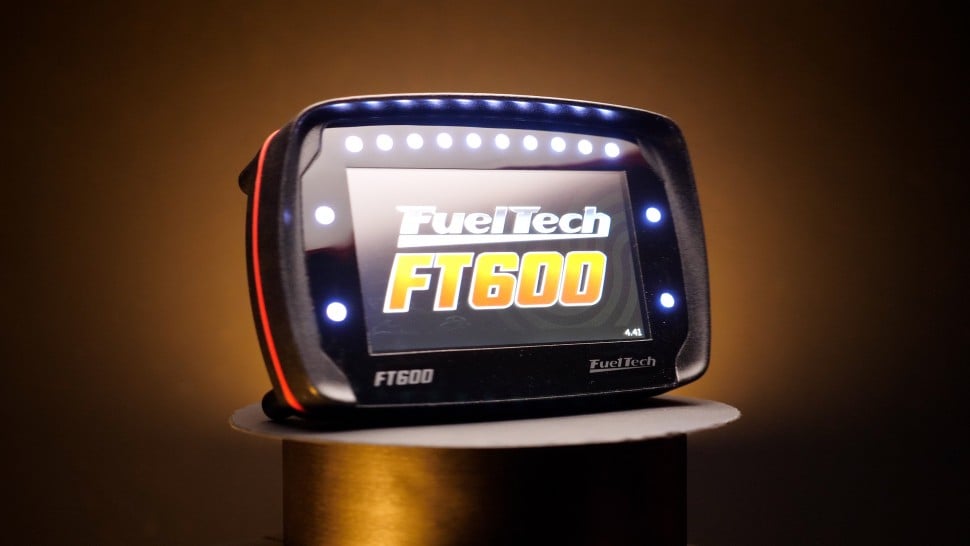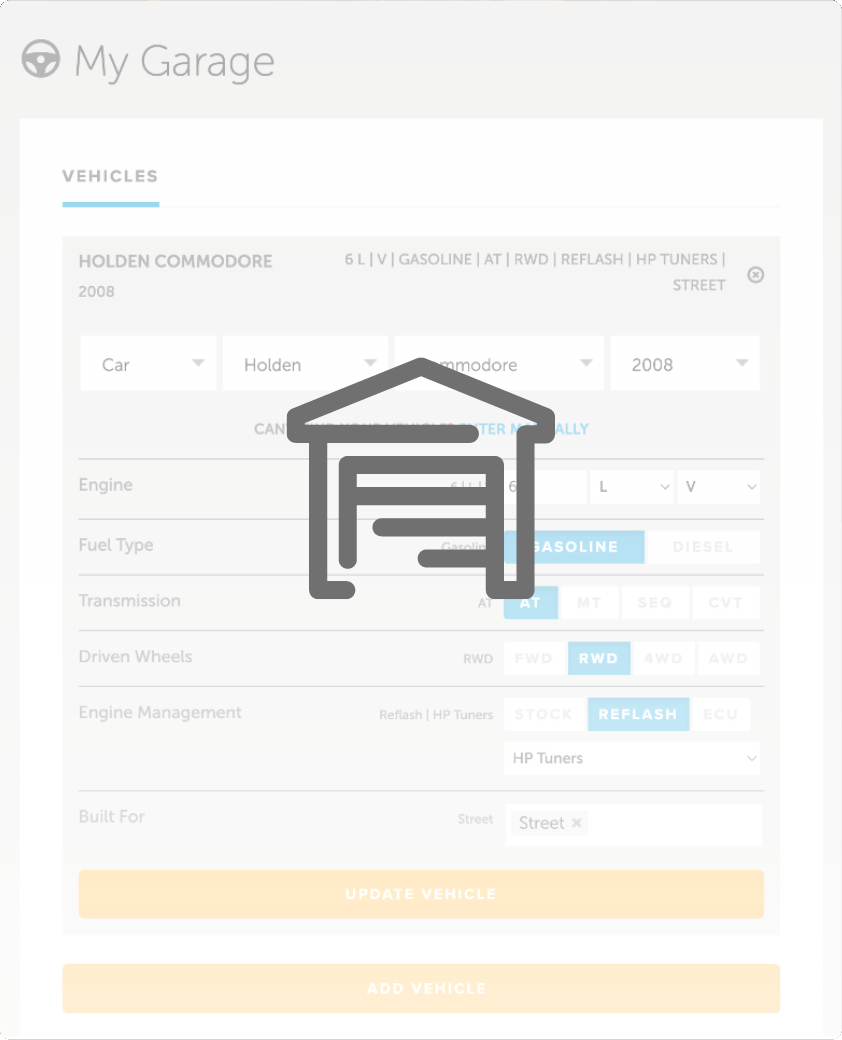| 00:00 |
In this section of the course we're going to get into the practical work of actually completing a scan, covering all the steps and considerations required to produce a quality 3D digital model that we can work with later in the course.
|
| 00:13 |
For now we'll be focusing on the use of dedicated 3D scanners in ignoring smartphones, as we'll cover these in their own section soon.
|
| 00:22 |
3D scanners are almost always accompanied by an operating system or software typically developed by the manufacturer of the scanner.
|
| 00:30 |
For example, Peel 3D scanners use the Peel.OS or operating system, IonScan's products use EXScan software, and Artec scanners use Artec Studio.
|
| 00:42 |
Naturally, there's some variation here as each developer has their own way of doing things, however this is just like CAD modelling programs or even standalone ECU software, in that if we have a sound understanding of the process in one piece of software, then we're not going to have a problem transferring these skills to the others after adjusting to a different interface.
|
| 01:03 |
In recent years, 3D scanning software has been trending towards a user interface that guides the project workflow.
|
| 01:09 |
This means the 3D scanning workflow is generally data acquisition, followed by post processing of the data, and then exporting the scan for use.
|
| 01:19 |
Data acquisition is obviously the process of actually 3D scanning, whereas post processing involves editing the scan data in the software to clean it up, removing unwanted parts, as well as aligning it with the coordinate system and possibly merging multiple scans together.
|
| 01:36 |
On that note, we always want to capture the best data possible with the raw scan, as post processing may not be able to make up for poor scan data.
|
| 01:45 |
Finally, the mesh is exported for use in CAD software or even sent straight to a 3D printer.
|
| 01:51 |
Let's look at the Peel.OS scanning platform using a Peel 3 scanner as an example, which is a relatively representative software package.
|
| 02:00 |
In this case, on opening the software, we have the option of opening an existing file or starting with a new scan, , which is what we're going to be doing.
|
| 02:08 |
Before we get started though, we want to open the options tab, which is shown by this little gear icon in the bottom right hand corner.
|
| 02:15 |
And in here we can set the length unit to whatever units that we want to be working in.
|
| 02:20 |
We need to remember what we set here for when we open our scan in CAD later on, and in this course we're going to be working in millimetres.
|
| 02:29 |
After clicking new scan, the first step is going to be setting up our scan parameters.
|
| 02:33 |
The software has these check boxes that we can choose based on the object we're scanning and it'll automatically apply suitable parameters and hovering over these gives us a little bit more information.
|
| 02:44 |
To give some reference, we'll set these up for a Nissan S14 upright that we'll be scanning in a coming module and we'll continue to use this as a common example throughout the rest of the course.
|
| 02:55 |
So first we can choose the object size, which for this example will be small, as the upright is just over 200 millimetres and less than 300 millimetres in at least two of its dimensions.
|
| 03:07 |
Next, is the amount of detail we require and for this example, fine seems suitable as the part has quite a lot of detail and features like threads.
|
| 03:16 |
Next, is the level of output or more accurately the resolution of the generated mesh.
|
| 03:21 |
In this case we'll leave this as balanced to avoid an overly large file size, but not lose out on any of the detail that we've captured.
|
| 03:29 |
Next, is the colour requirements if we want to capture colour texture.
|
| 03:33 |
For this example though, the colour isn't going to be much use of us so we'll just leave this as none to keep things simple.
|
| 03:39 |
If we want a little bit more control over the parameters though, we can toggle the advanced parameters with this down here and then this will allow us to see the actual resolution value that's been automatically selected based on our detail preference.
|
| 03:53 |
If we wanted to include a little bit more resolution, a bit more detail in the part, we can just change this example here to say 0.5.
|
| 04:03 |
The scanning area represents the amount of field of view that we want to use and this is based on the object size setting that we selected here just before.
|
| 04:12 |
Maximising this is going to help us with tracking and capturing data, but we might want to reduce this slightly and that's going to help with small objects like our upright if we don't want to capture too much of the background.
|
| 04:24 |
Moving on to the smart resolution setting here, this will attempt to optimise the mesh output based on the geometry of whatever we're scanning.
|
| 04:32 |
Or in other words, areas of high detail will be more refined with smaller mesh element sizes while simple areas will be less refined and this helps achieve a balance between maintaining detail and avoiding unnecessarily excessive file sizes.
|
| 04:48 |
So, we're just going to leave this as standard in this case.
|
| 04:51 |
The final setting here that says targets required, if we choose this, then the scanner must see the targets to acquire the surface.
|
| 04:59 |
Although we are going to use them on our S14 upright example and the scanner will still recognise and use them, we don't need to pick this setting, because the S14 upright has enough geometry that we essentially could scan it without them.
|
| 05:15 |
Targets are the small stick on dots that you've likely seen commonly used around 3D scanning and the scanner is programmed to pick them up so they can be a very effective means of helping the scanner with its positioning.
|
| 05:26 |
So, the best choice here is going to depend on the object that we're scanning, if the object has enough geometric or texture features to be helpful for positioning.
|
| 05:35 |
If not or if it has very repetitive features in a pattern for example, then we're probably going to want to use targets.
|
| 05:42 |
An important thing to note here is how the positioning method influences the minimum resolution that we can use, which is something that affects most scanners.
|
| 05:51 |
In the case of the Peel, we can only use a resolution of 0.5 as the lowest setting, unless we're using targets, then we can go all the way down to 0.25 and you'll see here that the targets required setting has been selected.
|
| 06:06 |
You might be wondering why we wouldn't just have this set at the finest resolution setting possible and leave it here for all scans as surely this would result in the best possible scan in all cases.
|
| 06:17 |
But this really comes down to what we're scanning and the requirements of the scan.
|
| 06:22 |
While it's always good to have better resolution than we require rather than the opposite, if we take the approach of overkill, then we'll just end up with an unnecessarily large mesh file that's difficult to work with.
|
| 06:33 |
So, for detailed mechanical parts we might want to use something like 0.25mm, but for larger parts that don't need every fine detail captured, like most engine bays or body panels, something around 1mm or even more will give us suitable results.
|
| 06:50 |
So, once we're happy with these settings for our project, then we can move onto the next step.
|
| 06:56 |
We'll start with the workplace here, it will be similar to what we're familiar with from most CAD modelling programs, where the 3D model or the scan will be shown in the centre of the workspace.
|
| 07:06 |
At this point we need to consider calibrating the scanner, which we might be prompted to do by the software like we are right here , but we'll be diving into this in a lot more detail in the next module so for now we'll just skip the calibration.
|
| 07:19 |
Similar to the calibration is the shutter speed right here and the idea here is similar to a normal camera.
|
| 07:25 |
A faster shutter speed means less exposure and less light brought in, a slower shutter speed means more exposure and more light.
|
| 07:34 |
If the environment that we're scanning in is relatively dark, then we'll need a slower shutter speed to bring in enough light, but naturally brighter environments like outdoors during the day will allow for a faster shutter speed.
|
| 07:46 |
And in this case we can choose the scanner to automatically adjust the shutter speed or we can tailor it towards dark surfaces or bright surfaces in this case as well.
|
| 07:57 |
Some operating software will have a method of communicating the correct exposure like the Einstar for example where we want the display in the camera window to show slightly red.
|
| 08:08 |
With that we're ready to start scanning and in the coming modules we'll be moving through the scanning process and post processes as well as some special considerations for troublesome scans, but first we'll recap the main points that we've just covered.
|
| 08:22 |
Most scanning software options out there are fairly similar and tend to follow the general scanning workflow.
|
| 08:28 |
The first step is setting up the project parameters based on the specific object that we're scanning to achieve the best scan for our requirements.
|
| 08:36 |
Most important are the positioning methods, capture of texture and resolution settings.
|





